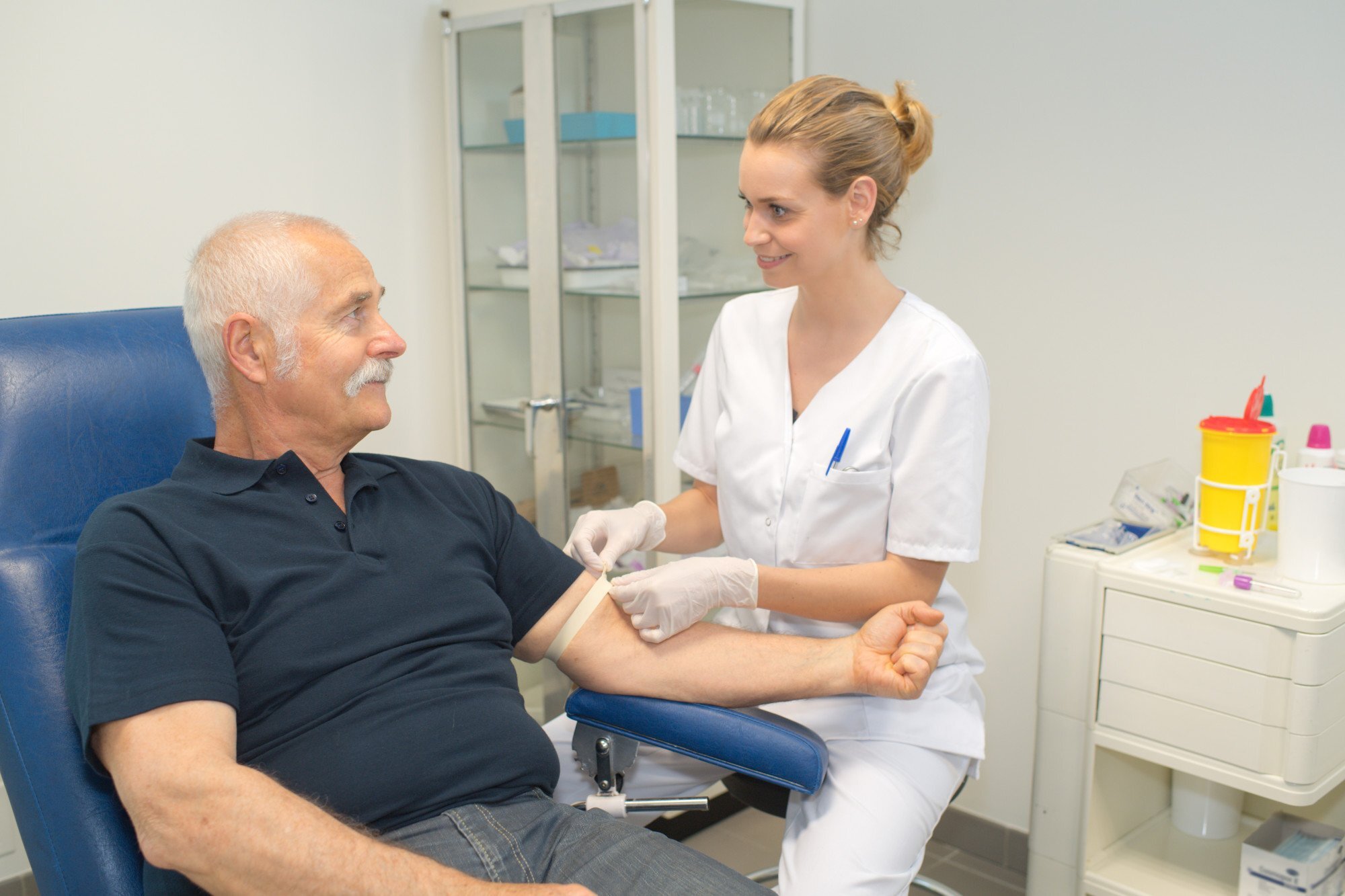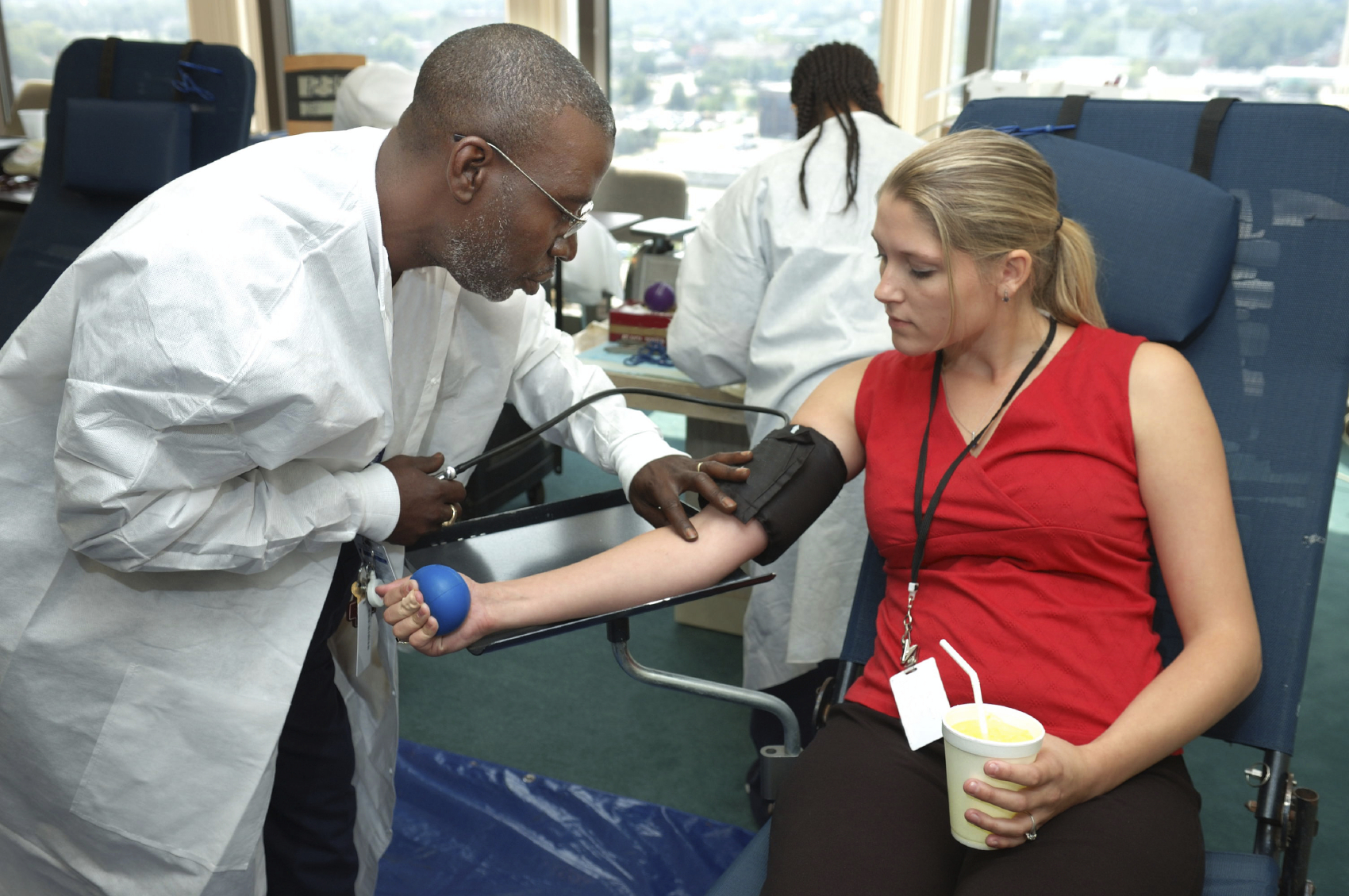Some Ideas on Northeast Medical Institute - New Haven Campus Phlebotomy Course & Cna Class You Should Know
Some Ideas on Northeast Medical Institute - New Haven Campus Phlebotomy Course & Cna Class You Should Know
Blog Article
The Ultimate Guide To Northeast Medical Institute - New Haven Campus Phlebotomy Course & Cna Class
Table of ContentsHow Northeast Medical Institute - New Haven Campus Phlebotomy Course & Cna Class can Save You Time, Stress, and Money.8 Easy Facts About Northeast Medical Institute - New Haven Campus Phlebotomy Course & Cna Class ShownGetting The Northeast Medical Institute - New Haven Campus Phlebotomy Course & Cna Class To WorkFacts About Northeast Medical Institute - New Haven Campus Phlebotomy Course & Cna Class UncoveredThe Only Guide for Northeast Medical Institute - New Haven Campus Phlebotomy Course & Cna ClassThe Northeast Medical Institute - New Haven Campus Phlebotomy Course & Cna Class PDFs
Nonetheless, the usage of such tools should be accompanied by other infection avoidance and control methods, and training in their use. Not all safety and security gadgets are applicable to phlebotomy. Before selecting a safety-engineered tool, customers need to thoroughly explore readily available gadgets to establish their suitable use, compatibility with existing phlebotomy techniques, and efficacy in protecting team and people (12, 33).For settings with low resources, cost is a driving element in purchase of safety-engineered devices - Phlebotomy Classes. Where safety-engineered gadgets are not available, competent use of a needle and syringe serves. Unexpected direct exposure and details info regarding an occurrence ought to be taped in a register. Support services need to be promoted for those who go through accidental direct exposure.
In the blood-sampling space for an outpatient department or clinic, offer a comfy reclining sofa with an arm rest.
Northeast Medical Institute - New Haven Campus Phlebotomy Course & Cna Class Fundamentals Explained
Make certain that the indicators for blood tasting are clearly specified, either in a written method or in recorded guidelines (e.g. in a laboratory form). In any way times, comply with the strategies for infection avoidance and control provided in Table 2.2. Infection prevention and control techniques. Collect all the devices needed for the procedure and location it within risk-free and simple reach on a tray or trolley, guaranteeing that all the things are clearly visible.
Where the person is adult and mindful, adhere to the steps detailed listed below. Present yourself to the client, and ask the person to state their full name. Inspect that the research laboratory kind matches the patient's identity (i.e. match the client's information with the research laboratory type, to ensure precise identification). Ask whether the patent has allergies, fears or has ever before fainted throughout previous shots or blood draws.
Make the client comfortable in a supine setting (ideally). Location a tidy paper or towel under the person's arm. Discuss the test to be carried out (see Annex F) and obtain verbal consent. The person has a right to refuse a test at any moment before the blood sampling, so it is essential to make sure that the client has actually recognized the treatment.
The Only Guide for Northeast Medical Institute - New Haven Campus Phlebotomy Course & Cna Class
Prolong the individual's arm and check the antecubital fossa or lower arm. Locate a blood vessel of a good dimension that is noticeable, straight and clear. The representation in Section 2.3, shows usual placements of the vessels, but several variations are feasible. The typical cubital blood vessel exists between muscles and is typically one of the most simple to penetrate.
DO NOT insert the needle where capillaries are diverting, due to the fact that this boosts the opportunity of a haematoma. Locating the capillary will certainly help in establishing the right dimension of needle.
Specimens from central lines lug a danger of contamination or wrong lab test outcomes. It is appropriate, yet not suitable, to draw blood samplings when initial presenting an in-dwelling venous device, before linking the cannula to the intravenous fluids.
What Does Northeast Medical Institute - New Haven Campus Phlebotomy Course & Cna Class Mean?
Failure to permit enough get in Discover More Here touch with time raises the danger of contamination. DO NOT touch the cleansed site; in certain, DO NOT position a finger over the blood vessel to lead the shaft of the exposed needle.
Ask the person to form a clenched fist so the veins are extra prominent. Enter the blood vessel promptly at a 30 degree angle or less, and remain to introduce the needle along the capillary at the simplest angle of entrance - CNA Courses. Once sufficient blood has been accumulated, launch the tourniquet prior to withdrawing the needle
Unknown Facts About Northeast Medical Institute - New Haven Campus Phlebotomy Course & Cna Class
Take out the needle gently and apply mild pressure to the website with a tidy gauze or dry cotton-wool ball. Ask the person to hold the gauze or cotton wool in position, with the arm prolonged and elevated. Ask the individual NOT to bend the arm, since doing so causes a haematoma.

The Best Guide To Northeast Medical Institute - New Haven Campus Phlebotomy Course & Cna Class
Do not press the syringe plunger due to the fact that extra stress raises the threat of haemolysis. Where possible, keep televisions in a rack and move the rack towards you. Inject downwards into the ideal coloured stopper. DO NOT get rid of the stopper since it will certainly launch the vacuum cleaner. If the sample tube does not have a rubber stopper, inject exceptionally slowly into television as decreasing the pressure and velocity used to transfer the specimen decreases the danger of haemolysis.

Report this page